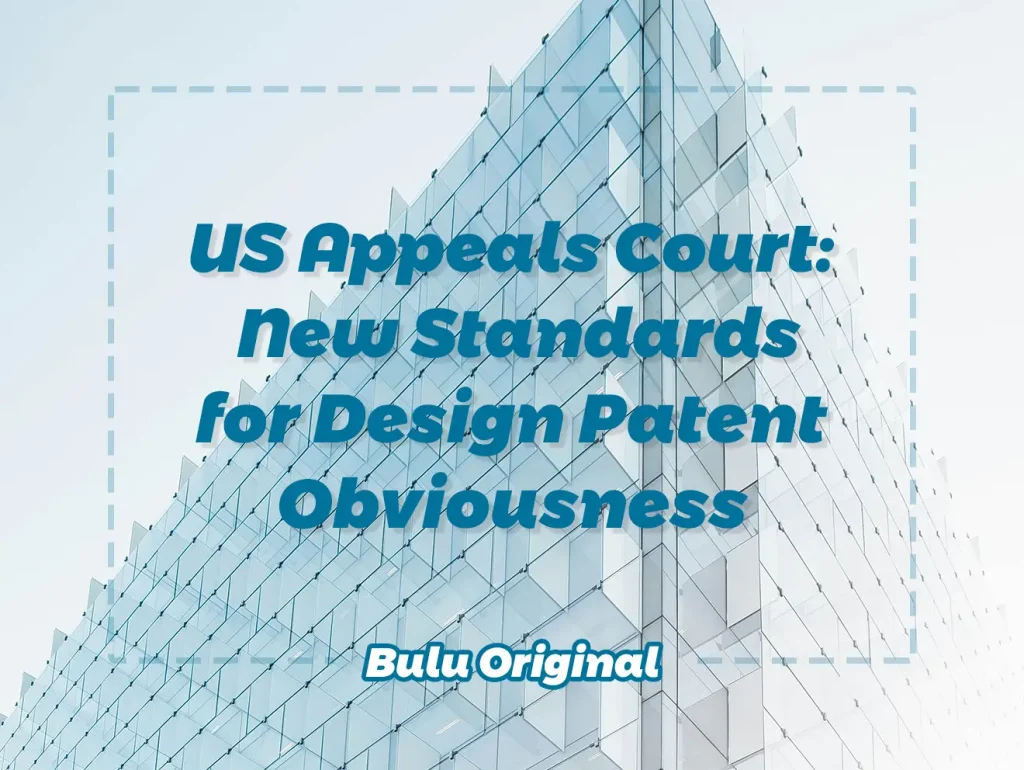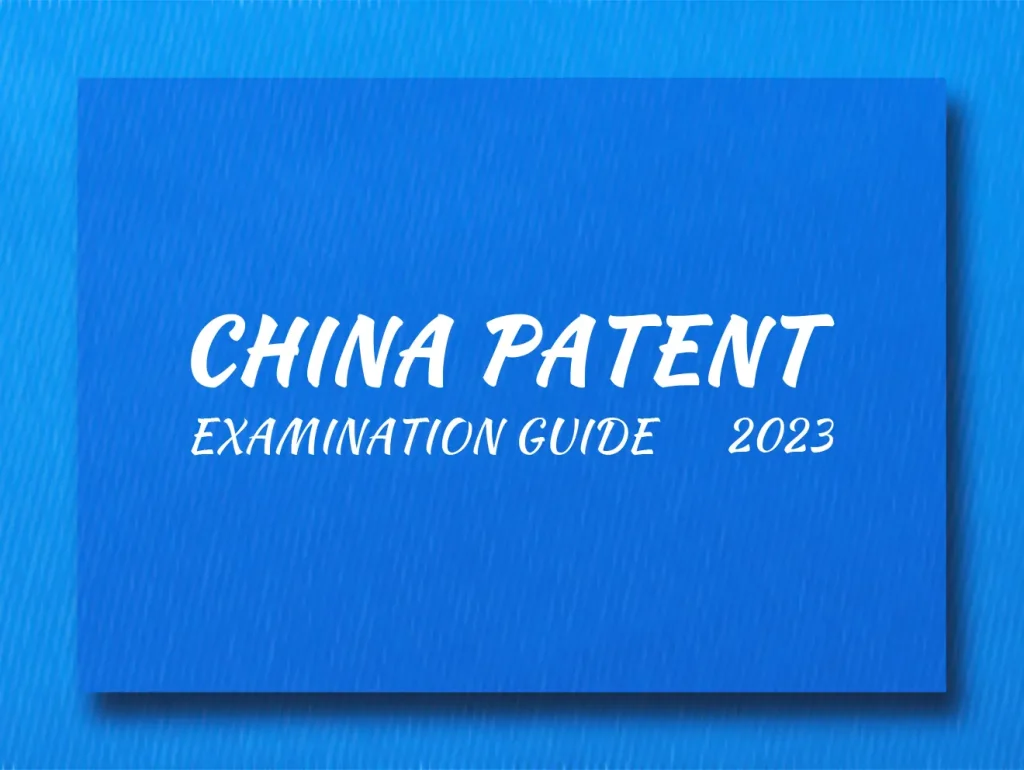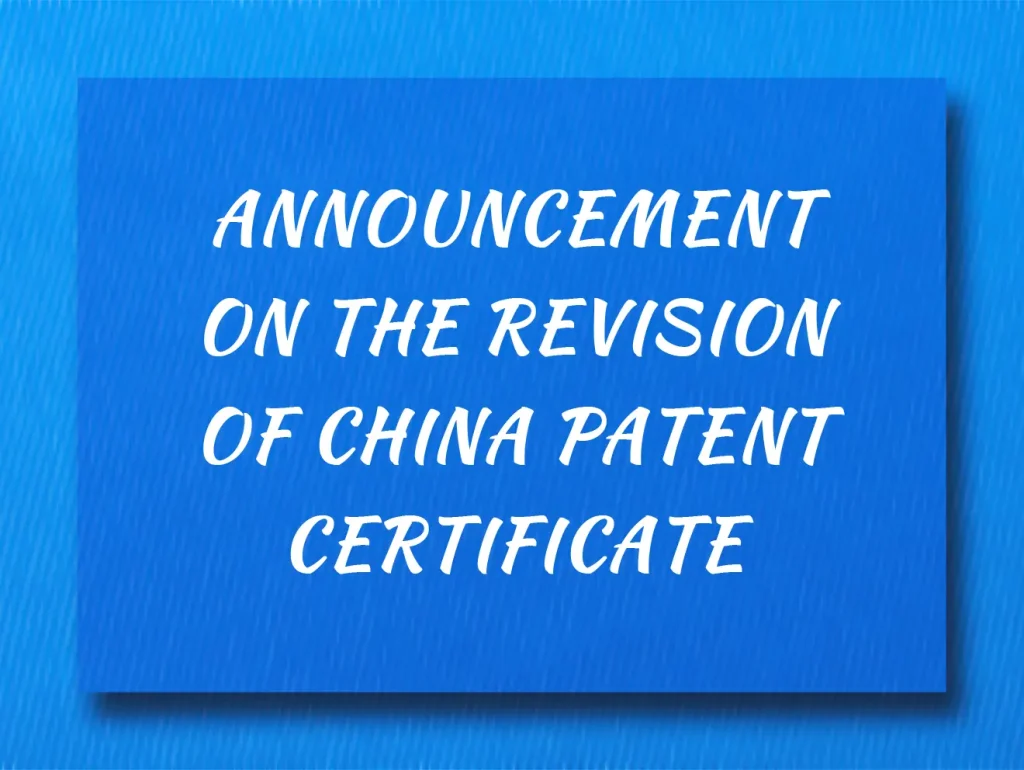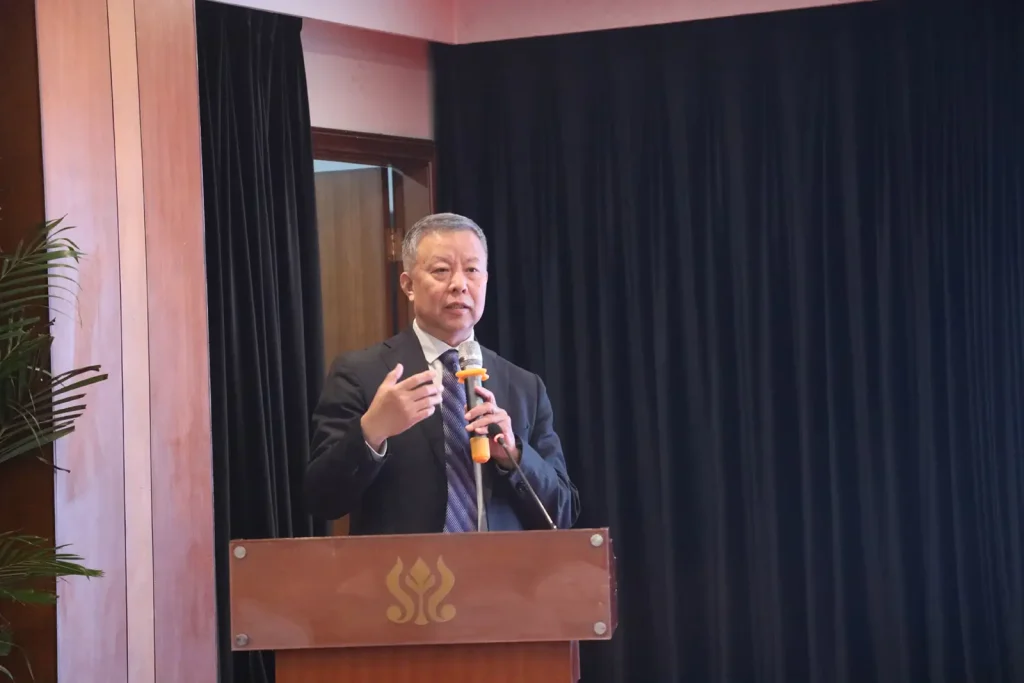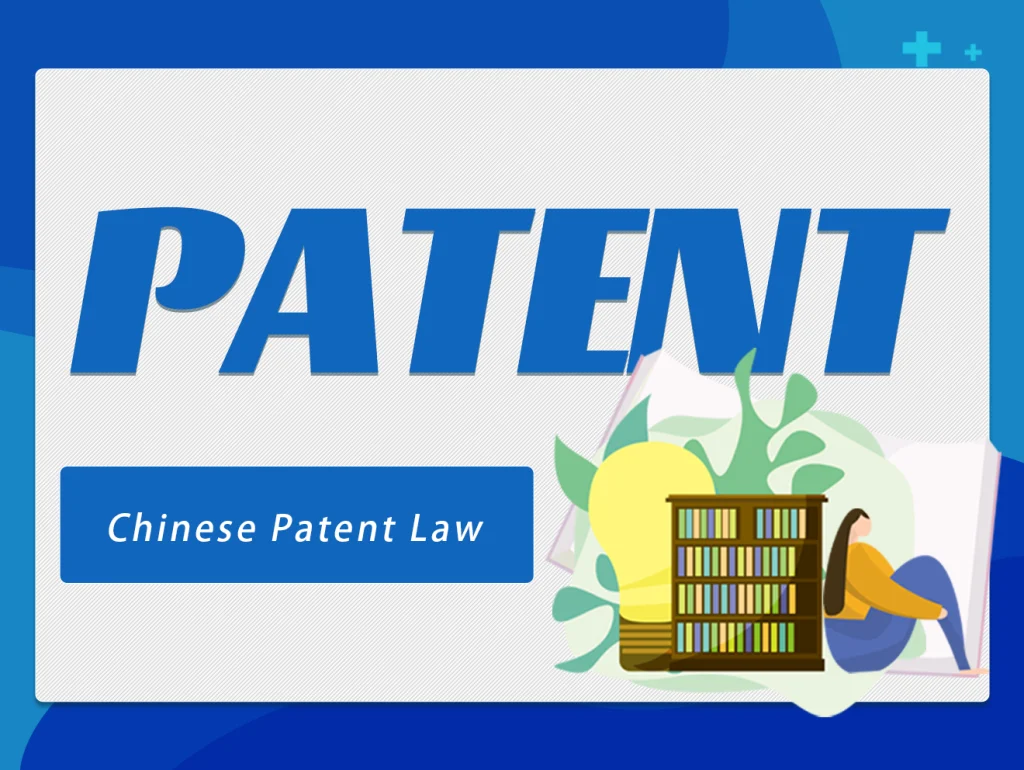How courts determine patent compensation with limited evidence?

How courts determine patent compensation with limited evidence?
In the past few years, the protection of the “selfie stick” patent (201420522729.0, an integrated selfie device) has been attracting much attention. It is said that the patent owner has filed more than 2,600 lawsuits and obtained patent compensation of nearly 100 million yuan.
In one case, the amount of compensation for infringement was originally uncertain due to problems with proof, but the court ultimately ruled that the patent compensation was 1 million yuan due to intentional and repeated infringement. Whether the amount was reasonable caused controversy between the two parties.
Although the defendant admitted to infringement, in the first instance, the patent owner did not provide evidence of economic losses caused by infringement (evidence of damage), the defendant did not provide evidence of its profits from infringement (evidence of profit), and there was no reference to the patent licensing fee standard, resulting in the two parties being unable to reach an agreement on the amount of compensation.
The first instance intellectual property court ordered the defendant to stop the infringement and compensate the patent owner for 1 million yuan in economic losses and reasonable rights protection expenses.
The defendant apparently believed that the amount of compensation was too high and appealed to the Supreme People’s Court of the People’s Republic of China (SPC).
SPC believes that in the absence of evidence of damages, profits or reference to royalties, the amount of patent compensation can be determined from the following aspects: the nature of the infringement, the circumstances of the infringement, the compensation received by the right holder in related cases, the value and profit margin of the infringing products, the operating conditions of the defendant, etc.
In this case, the defendant not only sold infringing products, but also manufactured these products, which was the source of the infringement.
In addition, the defendant also printed different logos on the products according to customer needs.
These actions not only increased the difficulty and cost of patent owners to protect their rights, but also caused trouble to some downstream channels (such as retailers).
Prior to the current lawsuit, the defendant had been sued twice for selfie stick infringement and was found guilty of infringement both times. However, the defendant not only did not stop the infringement, but instead modified the sales information of its store and continued to manufacture and sell multiple infringing products. Therefore, the defendant’s infringement was of a bad nature, serious circumstances, and with subjective malice.
For such intentional and repeated infringement, the amount of compensation should be determined at the highest level within the scope prescribed by law. Therefore, SPC believes that the amount of compensation of 1 million yuan determined by the first instance court is reasonable and in line with the provisions of the Patent Law.


Shanghai Bulu Intellectual Property Agency LLP
Tel:+86 (0)21 5833 8320
Mail:tisc@joinhua.com
Add:No.199 JinXiang Rd. Pudong, Shanghai, China
© 2025 Shanghai bulu Intellectual Property Firm. Created with ❤ using WordPress and Kubio

